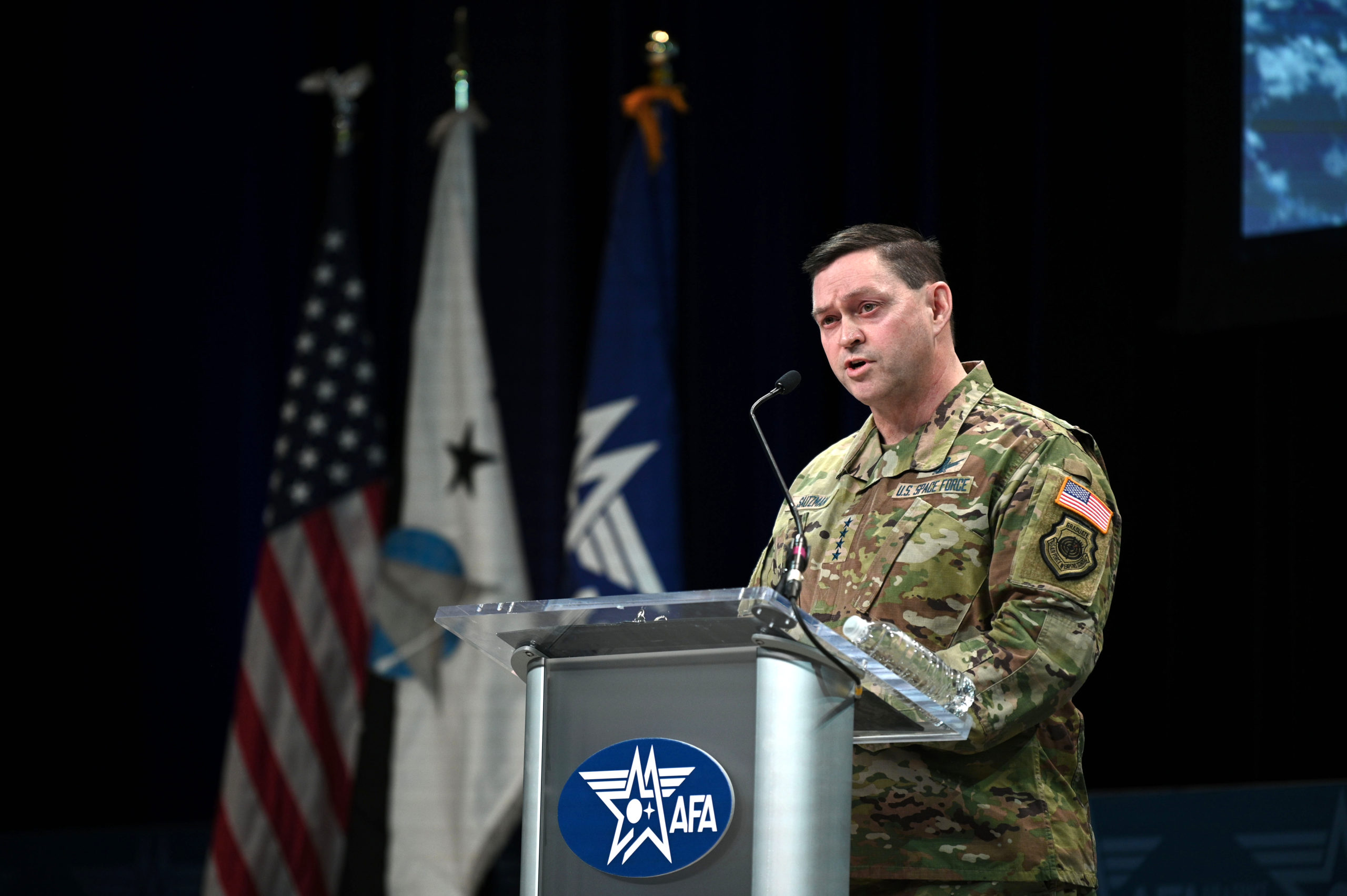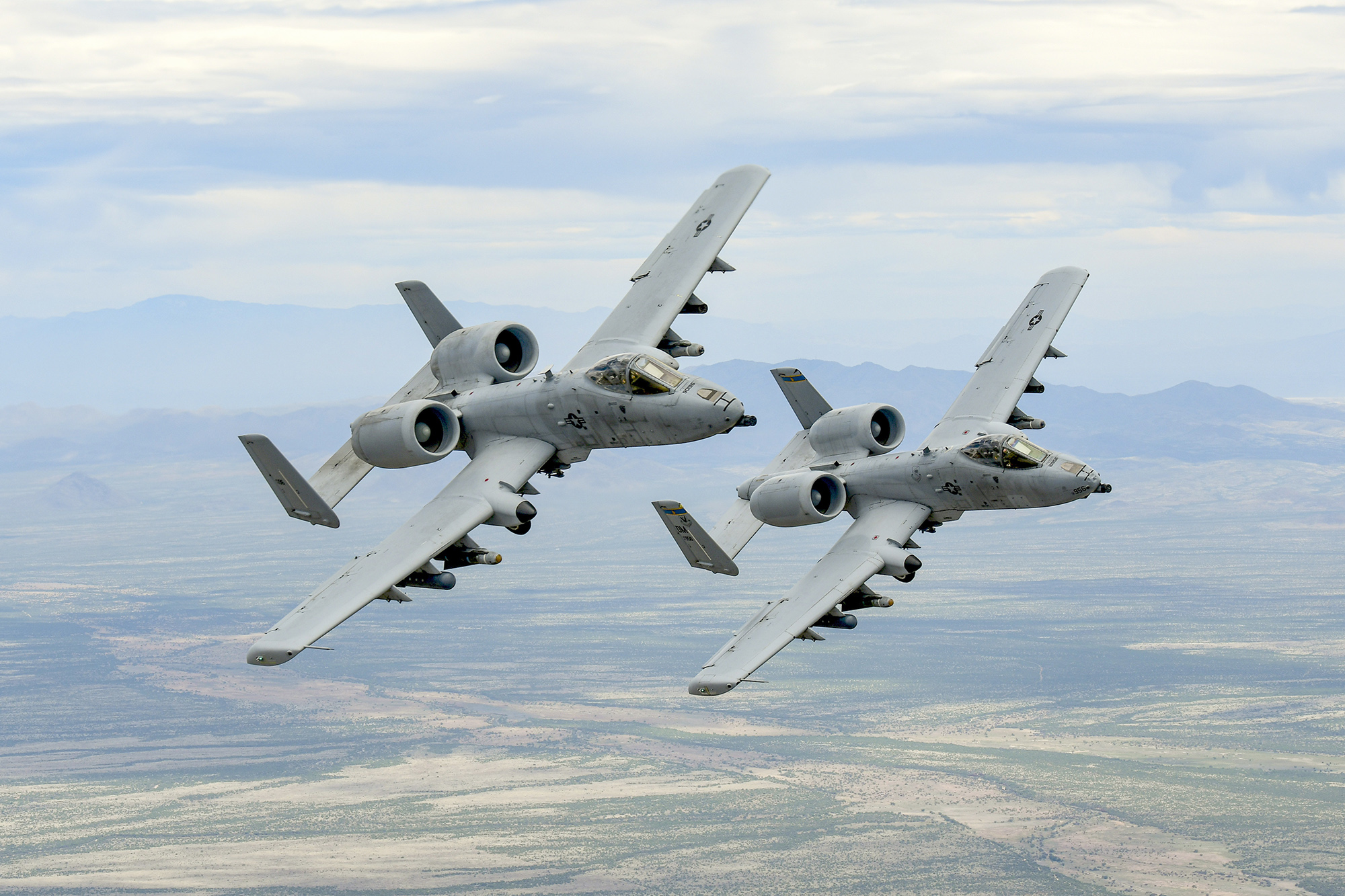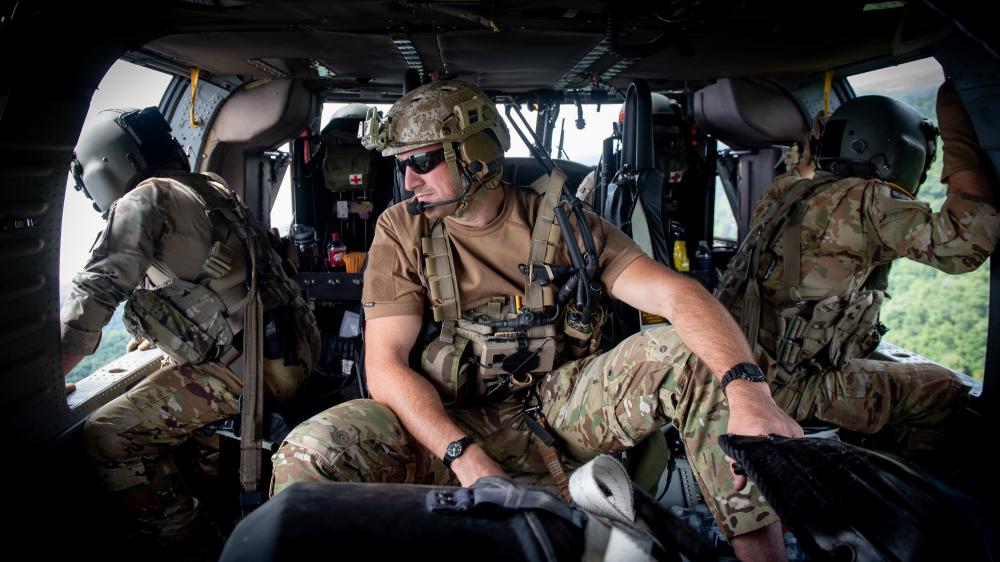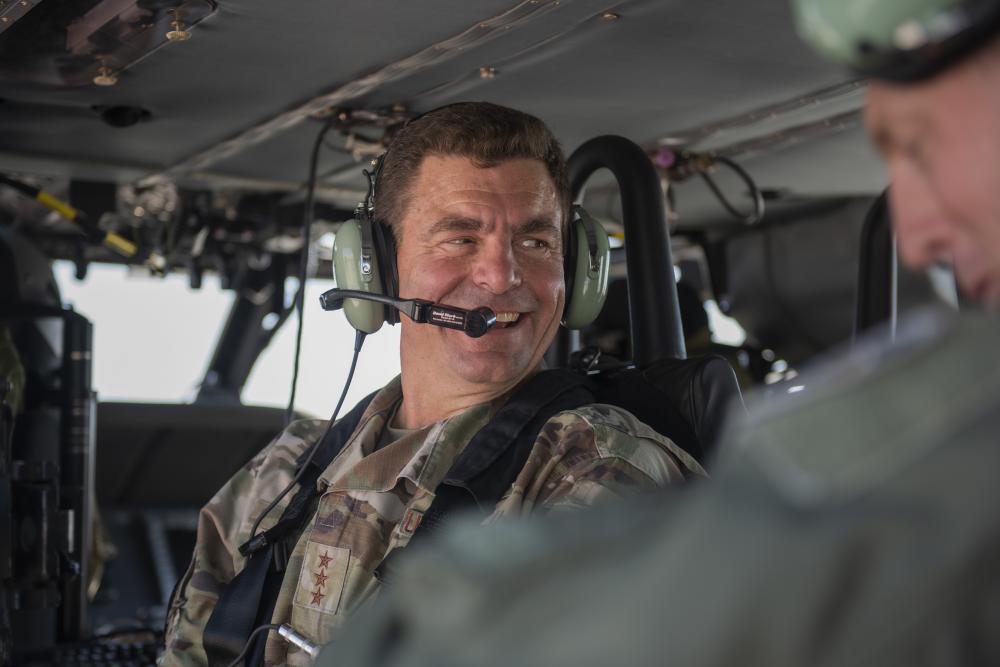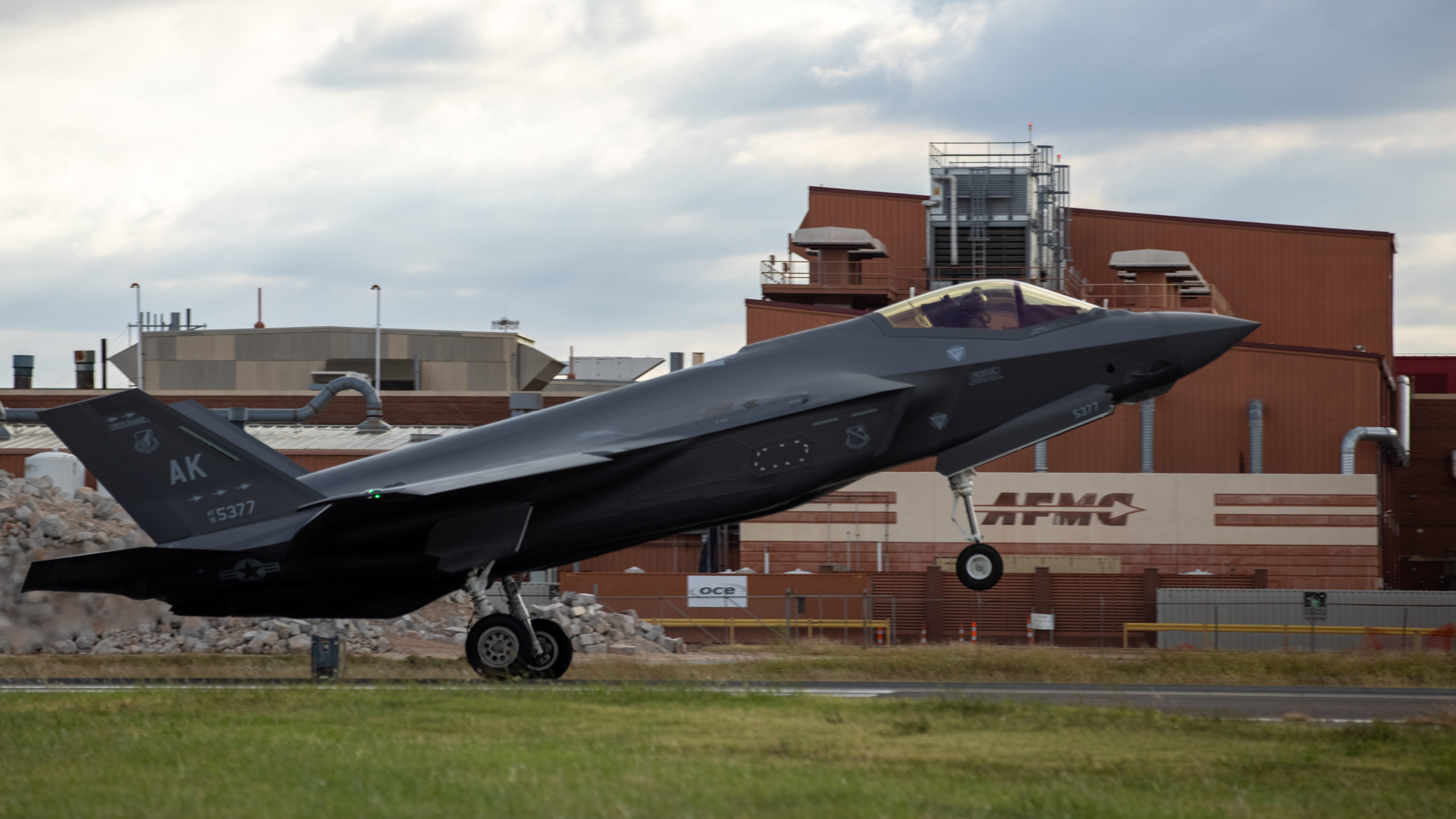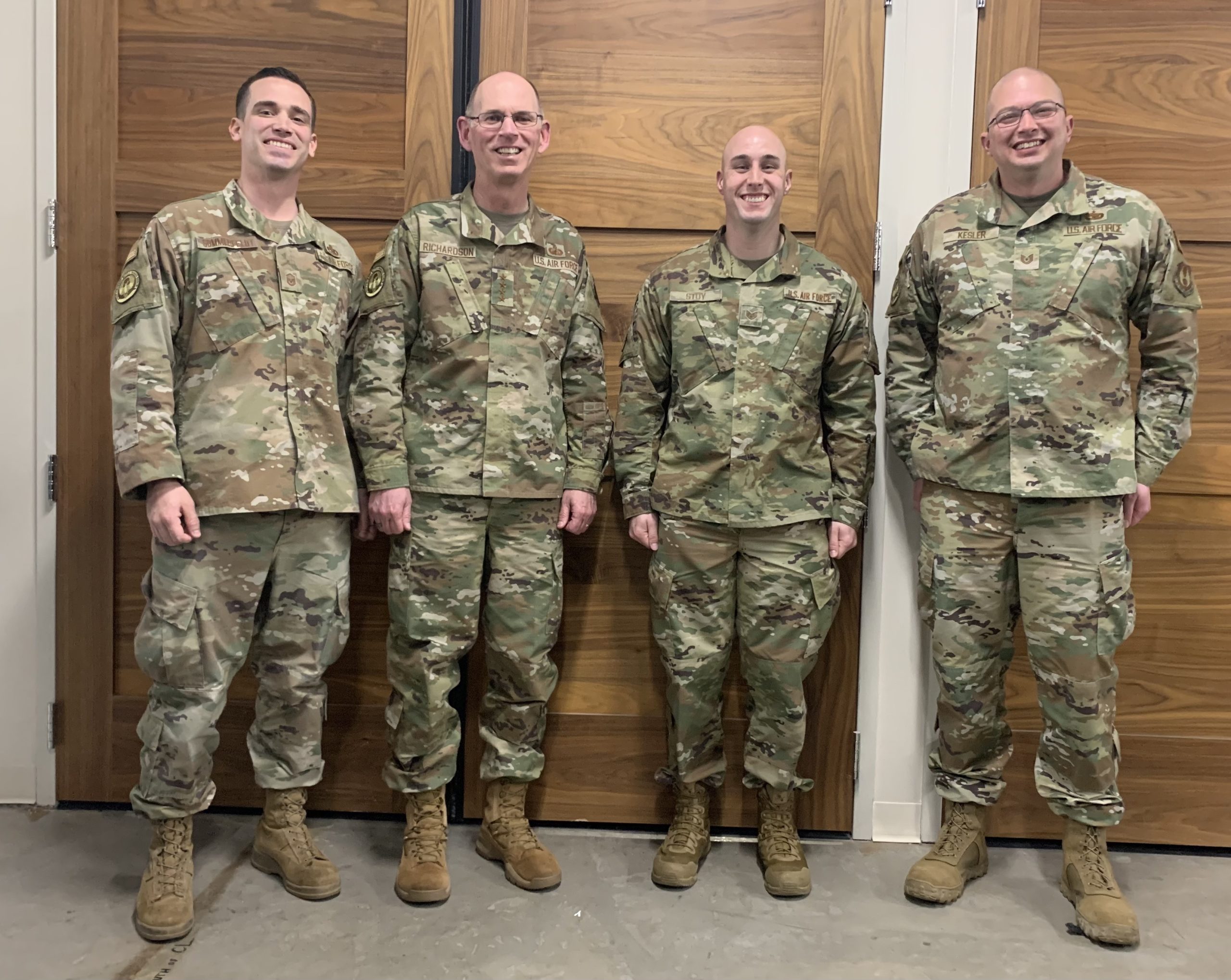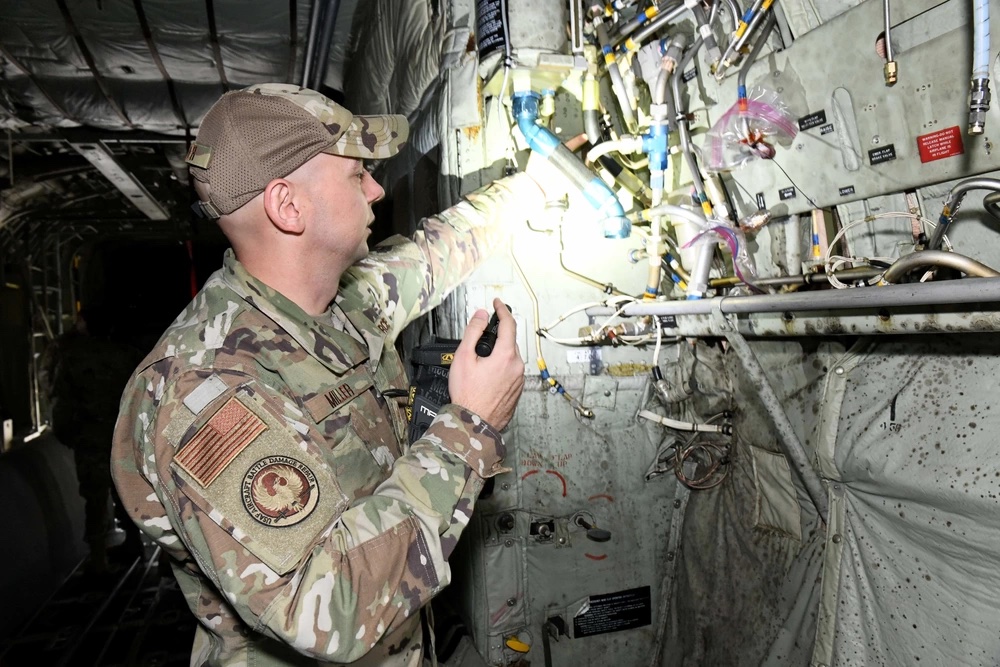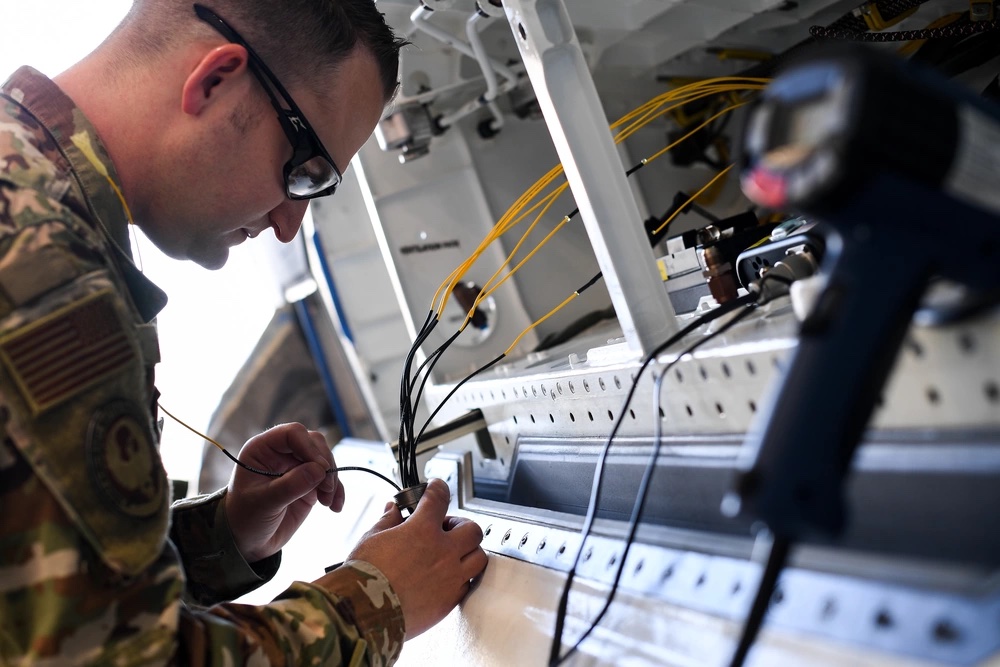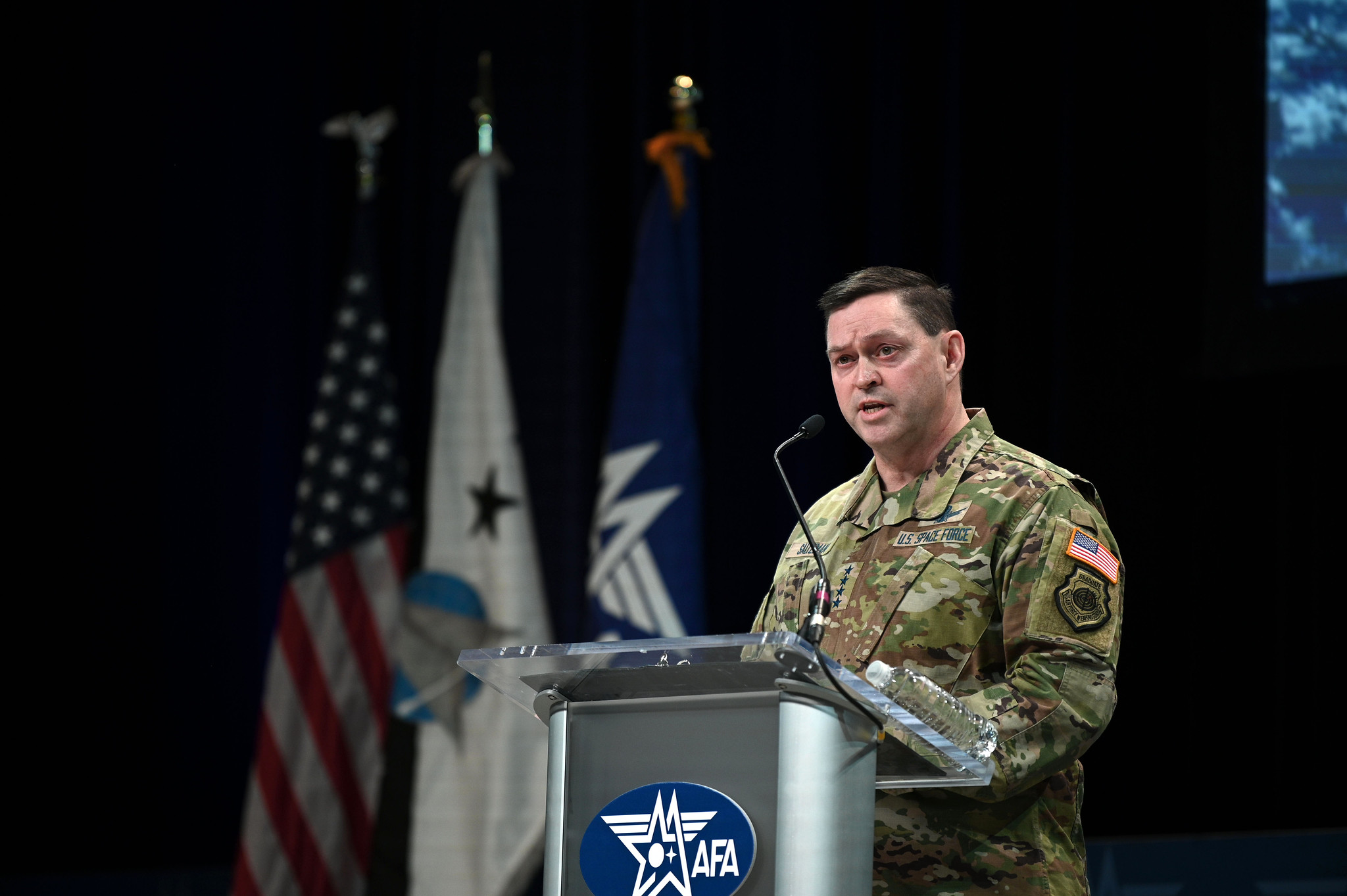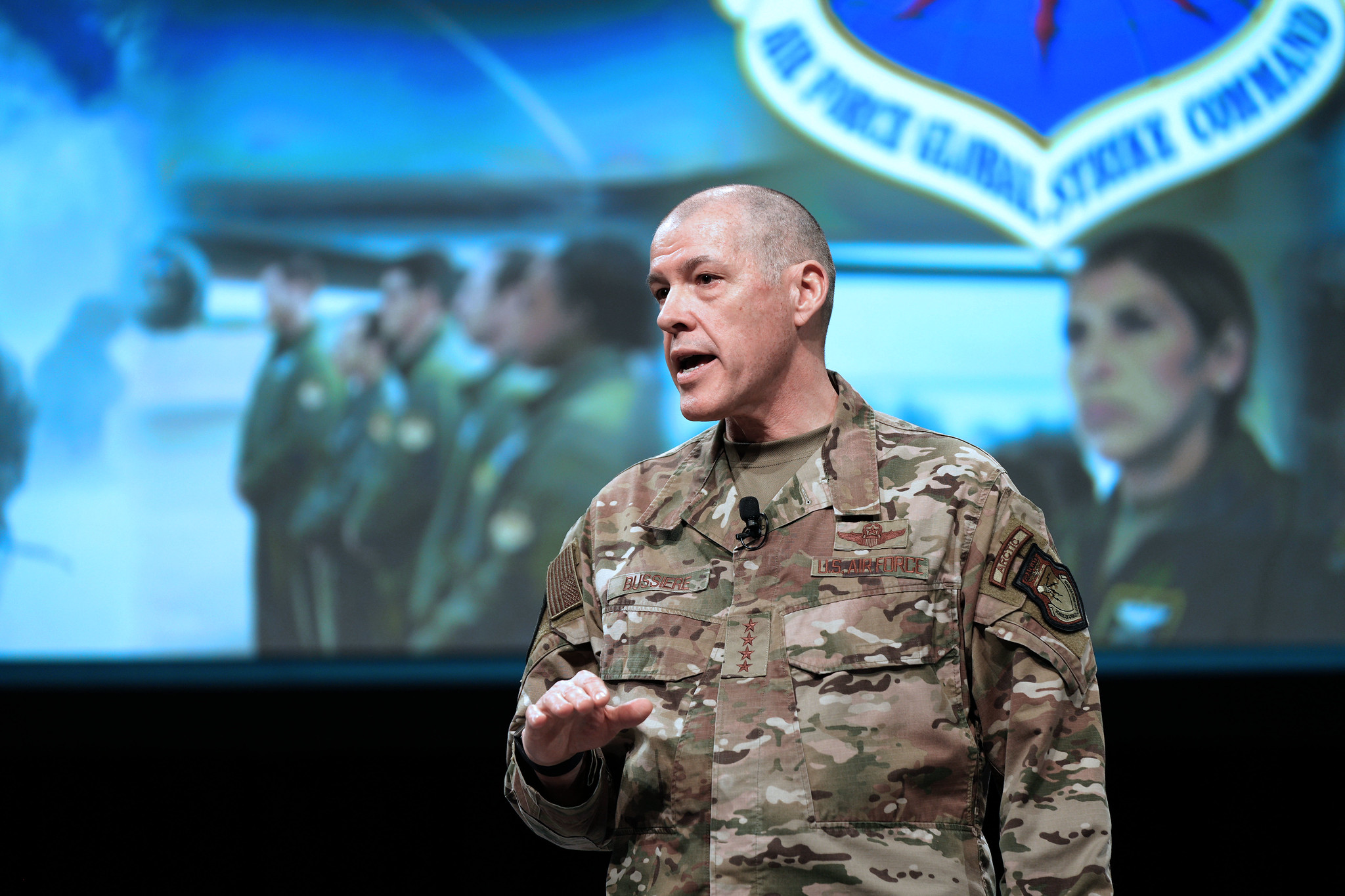The Space Force increasingly views space as a contested environment it might have to battle through due to China’s increasing capabilities. But that does not mean the service is unprepared if it had to fight tonight, according to Chief of Space Operations Gen. B. Chance Saltzman.
“That’s why we have the Space Force,” Saltzman said March 15 at the annual defense conference hosted by McAleese and Associates. “In terms of China, we are not lagging behind. If you were conducting a wargame, and you were picking which space force in the world you want on your side, you would pick the United States Space Force. We have the greatest capabilities, we have the most capable force—the envy of the world.”
While China may not have a space force, the People’s Liberation Army stood up the Strategic Support Force (SSF) in 2015. This newest part of China’s armed forces focuses on the “strategic frontiers” of space and cyber, including electromagnetic and information warfare—as well as disrupting adversaries’ capabilities in the same domains.
In light of new threats, most acutely from China, the USSF has moved with urgency. Its fiscal 2024 budget request proposes growing the budget by 15 percent to $30 billion and expanding to 9,400 Active Guardians. The service wants to rapidly put new satellites in orbit, with some going from development to orbit in two or three years. The Space Force also wants to rely more on commercial capabilities, which may be preexisting and can provide a layer of redundancy.
In the 2024 budget, the service hopes to invest in its missile warning systems, update the global positioning system, and launch new vehicles. It would also spend over half its budget, $16.6 billion, on research, development, test, and evaluation. Exactly what that money is for is largely unknown to the general public.
“I struggle a little bit with how to describe the space budget because so much of it is classified,” DOD comptroller Michael J. McCord said. “We have progress on a number of fronts there.”
But Saltzman said the Space Force’s push for readiness is not just a race to acquire more kit to put in orbit.
“When we talk about a gap, what I’m worried about is we’re out in front of the race,” Saltzman said. “But how fast is the competition closing on? How fast do they want to close the gap that they see? And it’s that pace, and it’s the mix of the weapon systems that they’re pursuing. That’s what’s got us concerned. So we’re looking back and saying, what do we need to do next to make sure that we can counter our competition.”
Saltzman’s answer is one typically offered by service chiefs: the U.S. has the best people. In particular, Saltzman highlighted unique aspects of the Space Force’s “flat” organization that streamline command and the ability to commission industry professionals as officers in the service.
But to get as much as possible out of Guardians, the Space Force needs to up its training—Saltzman has noted that there has never been a war in space, and how the Space Force would train for one is still up in the air.
“We’re still working through all the details,” Saltzman said. “It wasn’t prioritized to the same degree about thinking about a contested domain. Now, we are prioritizing that, obviously. But I don’t have the training facilities and infrastructure that allows us to do the kinds of simulations and training that I need.”
The Air Force can fly training missions and drop live ordinance and other services can practice on Earth. But the Space Force must create virtual environments in lieu of traditional exercises. Saltzman said current simulators at the USSF’s disposal are focused on ensuring service members are proficient with systems.
“It’s about how fast we can shift and pivot to resilient architectures that we think will support deterrence and how fast I can provide the tools to our Guardians to do the kind of training they need to be ready to deal with a dynamic thinking adversary,” Saltzman said.
While much of its focus on protecting its satellites, USSF won’t be doing its own live-fire exercises to test our their resilience—though it is concerned about other nations’ anti-satellite weapons tests.
“We’re expanding our capabilities to do constructive virtual training and ranges so that we can conduct those kinds of events,” Saltzman said.
Overall, a Space Force prepared for a fight with China will allow it to deliver better capabilities in peacetime or during a grey zone conflict, according to Saltzman.
“There’s not some day in the future, where X, Y, and Z are accomplished and I will say, we are now ready,” Saltzman said. “If something goes down, the Space Force is going to be there.”
